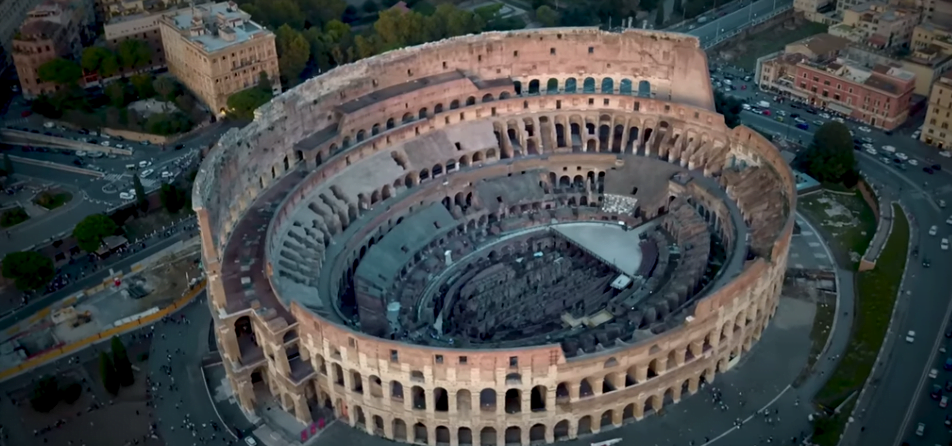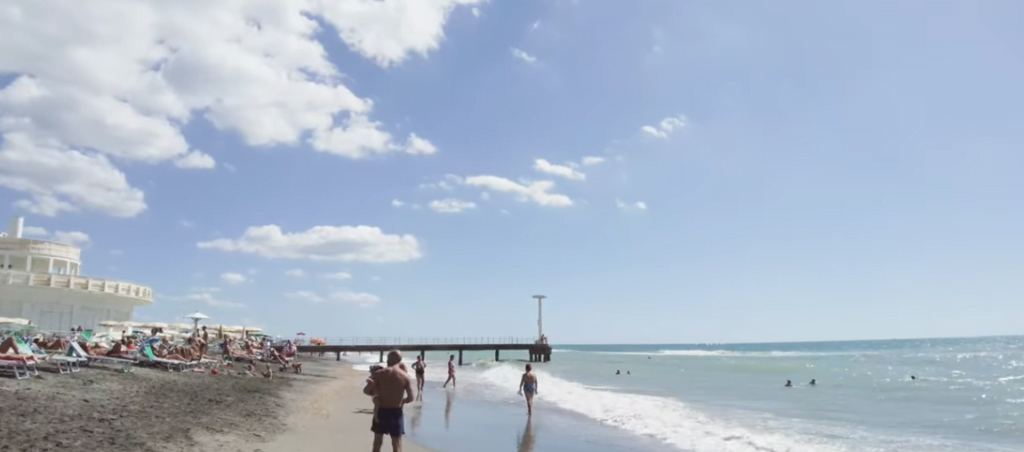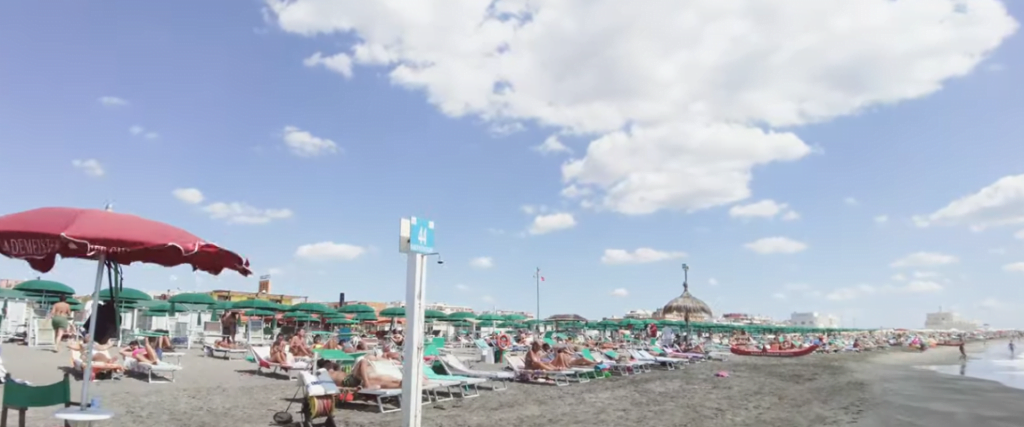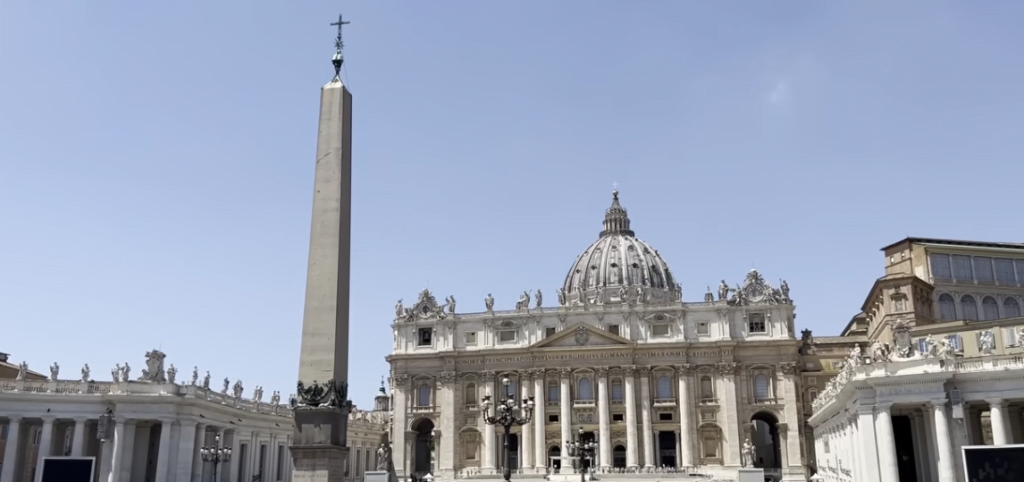Rome is a magical city throughout the year. But, if you have decided to visit the city in April, you have made a smart choice. You will visit the city before the massive invasion of Rome during the warm summer months, meaning that you can explore the city in delightful spring weather, without being surrounded by too much tourists. With spring, you can also enjoy beautiful colors and outdoor dining, meaning that April is an ideal month for those who can take some days off to explore Rome during some weekdays or a weekend in April.
But, what should you do in Rome in April? Are there any special activities we can recommend? Here you have suggestions for seven amazing activities that will give you some wonderful days in Rome.
Seven fantastic activities you should do if you come to Rome in April.
1. No trip to Rome is complete if you do not visit Colosseum.
No trip to Rome is complete without a visit to the iconic Colosseum. April has perfect weather if you want to explore this ancient amphitheater without the scorching heat of the summer months or the crowds of peak tourist season. If you haven’t bought your tickets in advance, you will most likely have to stand in a long line anyway, but at least you don’t have to stand in a long line in unbearable temperatures.
Once you are inside Colosseum, you can stand amazed at the impressive architecture, and imagine what it might have been like as crowds cheered and the lions roared within the arena.

2. Eat your dinner in Trastevere.
After a day of sightseeing, walk to the charming neighborhood of Trastevere for a delightful culinary experience. The weather in April is ideal for outdoor dining, and Trastevere offers a wide selection of cafes and restaurants. Indulge in authentic Roman cuisine while experiencing the lively atmosphere of this bohemian district.
3. Travel to Ostia and swim in the sea.
As temperatures start to rise in April, why not kick off the summer season with a refreshing dip in the Mediterranean? Just a short train ride from Rome you can find Ostia, a picturesque coastal town with beautiful beaches. Bring your swimsuit and a towel, pray for the sun to shine, and enjoy the crystal-clear waters of the Tyrrhenian Sea.


4. Are you a fan of Dan Brown? Join an Angels and Demons tour in Rome.
If you are a fan of Dan Brown’s bestselling novel, Angels and Demons, you should definitely join a tour commemorating the book while in Rome. Follow in the footsteps of Robert Langdon as you uncover the secrets and mysteries hidden within the city’s landmarks, including the Pantheon, Piazza Navona, and St. Peter’s Square. Whether you’re a fan of the book/movie, or just want to learn more, these kind of tours help you better understand the past and the present of the city.
5. Do you want to dive deep into the history of Rome? Join a guided tour in Forum Romanum.
Travel back in time and explore the center of ancient Rome as you visit Forum Romanum. April provides the perfect weather for leisurely strolls among the ruins of temples, basilicas, and arches that once formed the bustling center of Roman life. You will stand in awe as you look at the architectural marvels, feel the atmosphere, and imagine the daily life of ancient Romans in this captivating archaeological site. The most efficient way to explore Forum Romanum is on a guided tour, but it is possible to come well prepared and explore the site on your own as well (you will still need to pay to enter the area).
6. Visit the Vatican Museums and St. Peter’s Basilica:
If Colosseum is on the list of activities you must do while in Rome, then you should probably add the Vatican City to that list. The Vatican is the smallest independent state in the world. If it should be cloudy or even rain a little, you can easily seek cover within the Vatican Museums and as you look at the extensive collection of art and artifacts, including the renowned Sistine Chapel. Afterward, don’t forget to climb to the top of St. Peter’s Basilica for a breathtaking view of the city.

7. Enjoy a Sunset Picnic at Villa Borghese:
End your day in Rome with a picnic in the surroundings of Villa Borghese. April evenings are perfect for watching the sunset over the city skyline while enjoying a delicious spread of Italian delicacies amidst the green environment of this fantastic park. Relax, drink, and eat, while you see the the city of Rome go to sleep.
What is the weather like in Rome in April?
During the daytime, temperatures typically range from mild to pleasantly warm. The average daytime temperatures move between 16°C and 20°C (61°F to 68°F), but if you are lucky, it can get even warmer. This makes April perfect for sightseeing, outdoor dining, and strolls through Rome’s historic streets and parks.
Even though April comes with plenty of sunshine, you should be prepared for occasional rain showers. The rain-showers are normally short, only signaling that you must take a coffee break, but it is smart to be prepared for them anyway. A good suggestion is to look at the weather forecast before you travel, as it will help you be well prepared for what’s ahead.
In conclusion, Rome in April offers a perfect blend of history, culture, and culinary delights. Whether you’re exploring ancient ruins, eating authentic Italian cuisine, or simply enjoying the atmosphere of this timeless city, there’s something for everyone to enjoy. Make the most of your visit by trying these seven activities, and create unforgettable memories in the Eternal City.
If you want to read more about upcoming concerts, events, festivals, or markets in Rome, look at our Rome calendar to find out more.




